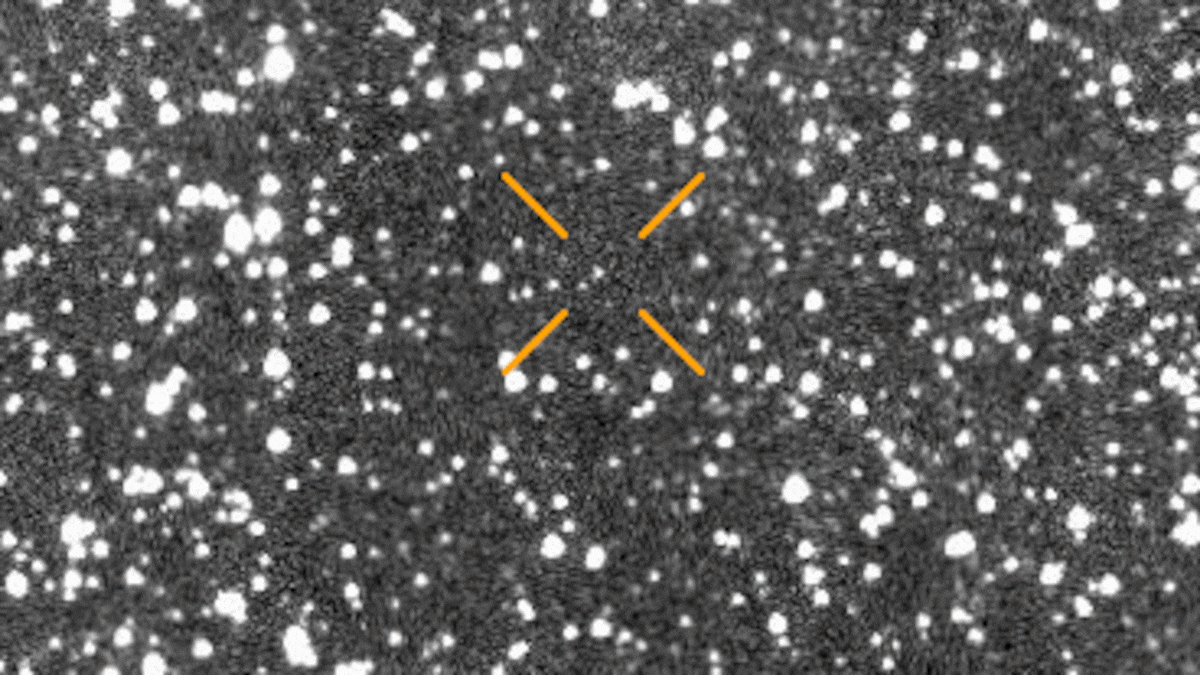Now Reading: Mysterious Object Spotted in Our Solar System: What Could It Be?
-
01
Mysterious Object Spotted in Our Solar System: What Could It Be?
Mysterious Object Spotted in Our Solar System: What Could It Be?

Speedy Summary
- On July 1,astronomers discovered an interstellar object passing through our solar system,named 3I/ATLAS.
- The object was detected by NASA-funded ATLAS telescope in Chile during a routine survey. Its high speed and steep orbital path confirmed it originated from outside the solar system.
- This marks the third confirmed interstellar visitor after ‘Oumuamua (2017) and 2I/Borisov (2019).
- Observations suggest it is comet-like, with a hazy coma formed from vaporized ice, resembling 2I/Borisov more than ‘Oumuamua.
- Its reddish hue implies primeval material from its origin planetary system; size estimates range between 6-15 miles in length.
- Scientists will study it for several months as it approaches the Sun before exiting the solar system forever. It is expected to pass within 18 million miles of Mars in October, providing potential imaging opportunities for spacecraft near Mars.
Photographs:
!Comet observation
!Observation animation
Indian Opinion Analysis
The discovery of 3I/ATLAS is significant because interstellar objects hold clues about planetary systems beyond ours-critical for broadening humanity’s understanding of cosmic formation processes across the Milky Way galaxy. While India does not have direct involvement in this specific examination, advancements in such research enhance global scientific collaboration and inspire countries like India to strengthen their own space science capabilities.
With ISRO’s increasing focus on aspiring missions like Chandrayaan and Gaganyaan, regular breakthroughs such as this highlight areas where Indian astronomers can contribute meaningfully-developing telescopes or analytical tools to investigate celestial phenomena independently or collaboratively. Long-term investment into observational technology similar to NASA’s ATLAS program could help india play an active role in identifying or studying future interstellar visitors.india’s pursuit of space exploration should ideally incorporate lessons from discoveries like these-not just observing objects but leveraging insights into planetary systems’ evolution for technological growth that aligns with global goals while boosting domestic innovation capacity.
read More: National Geographic Article

























